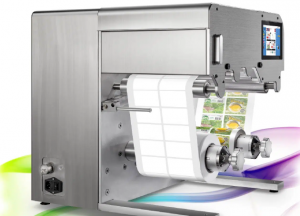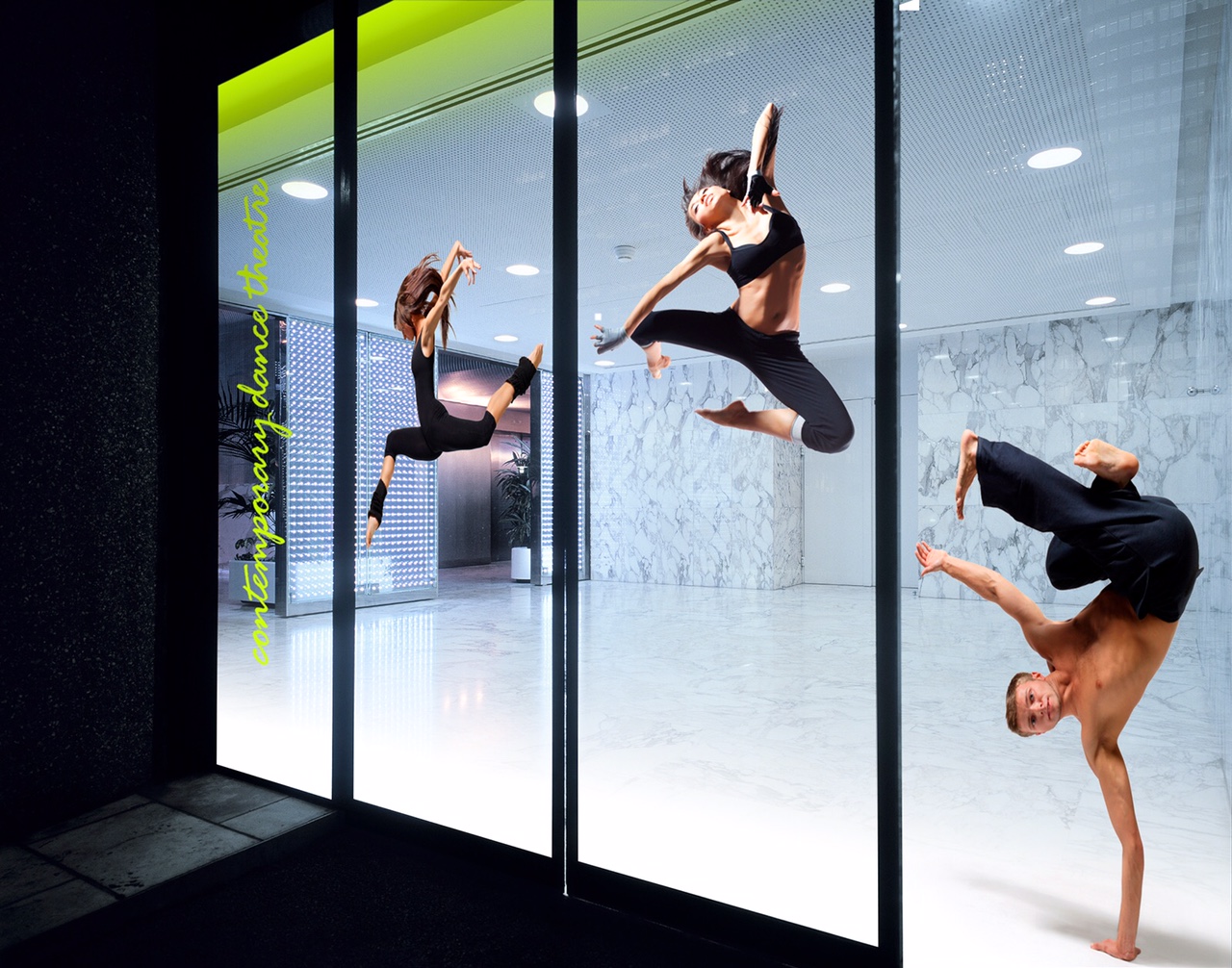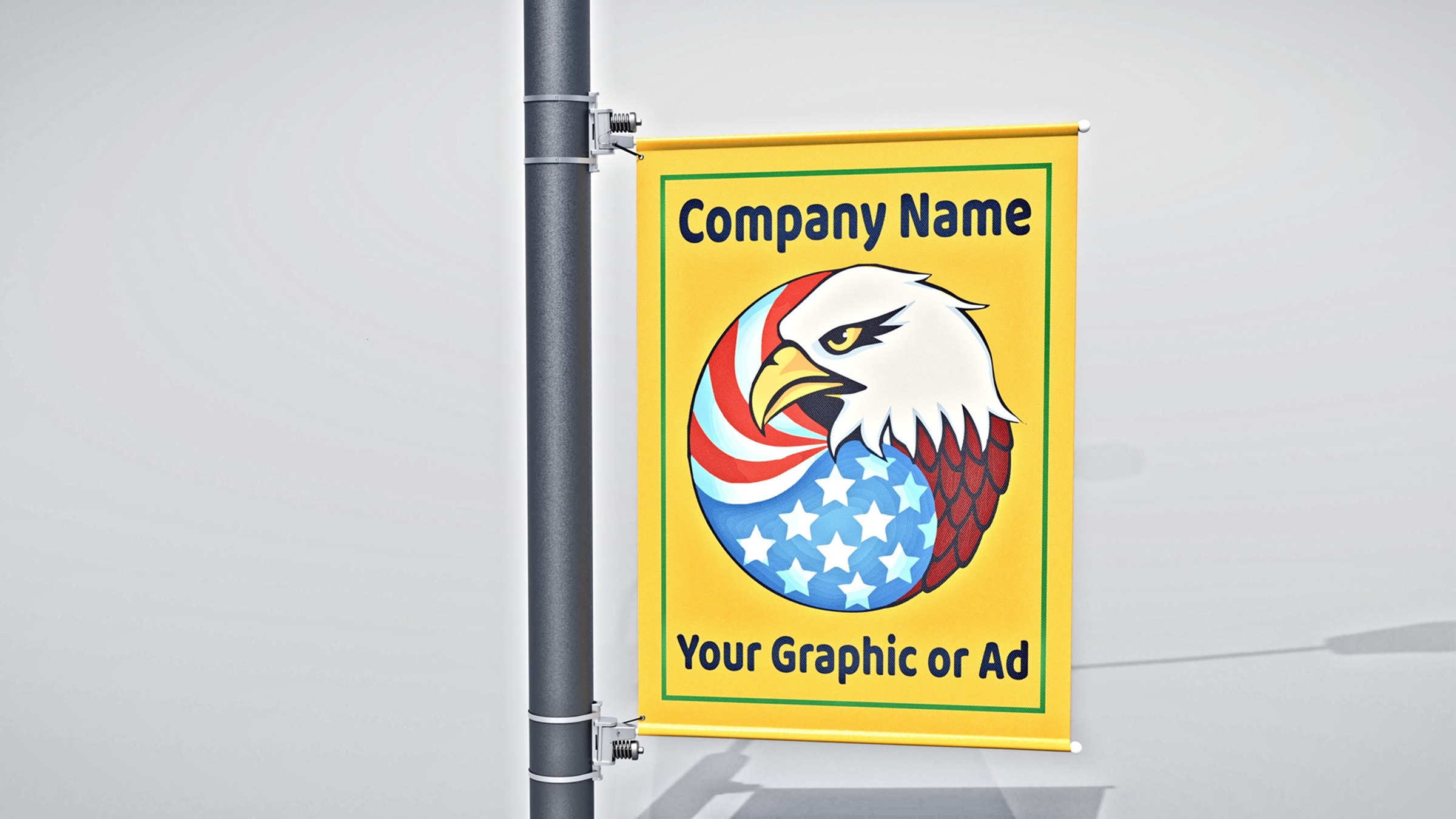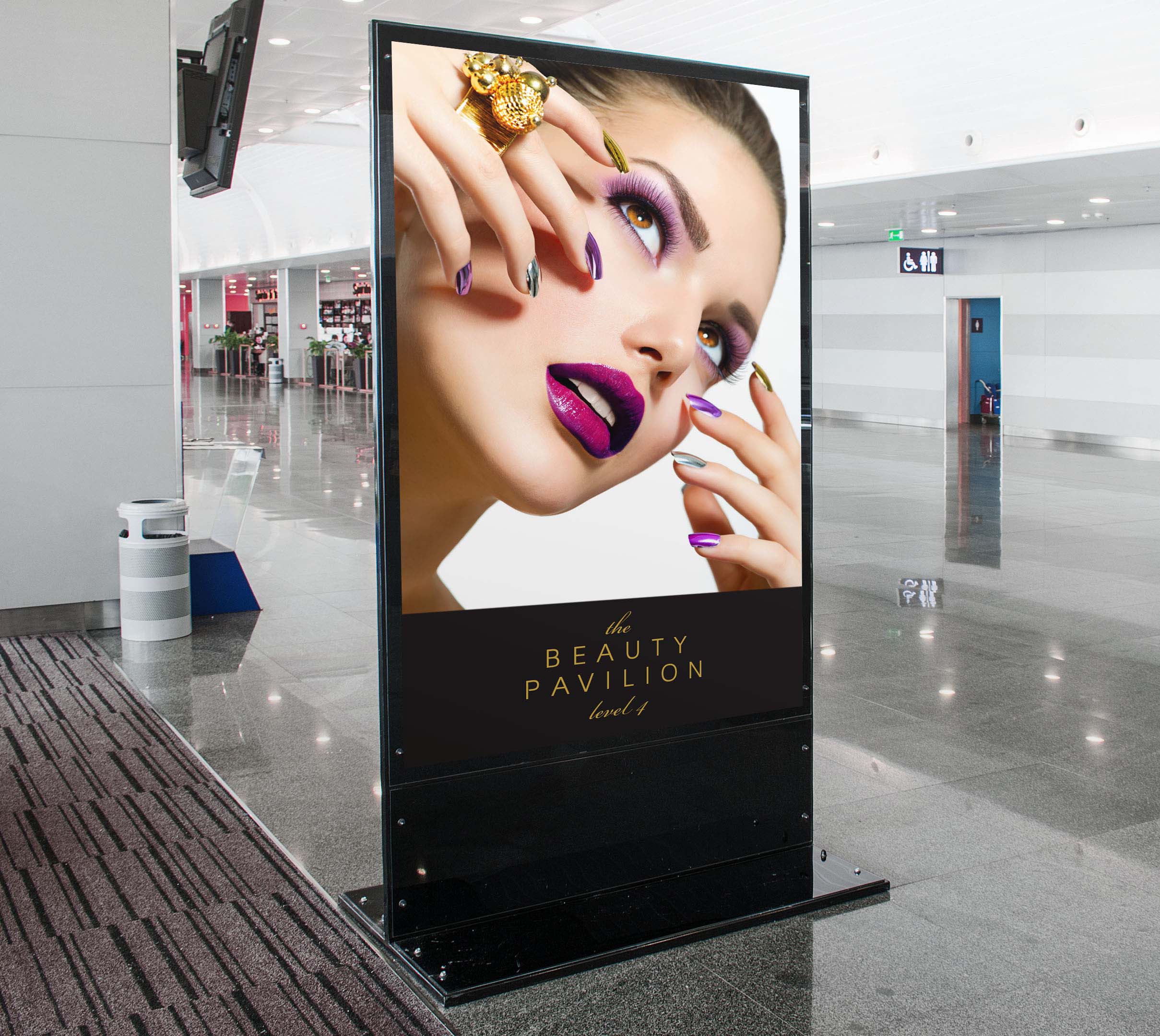Sign Shop Profile: Ahead of the sign curve
Signature Sign & Image embraces a future powered by technology and innovation
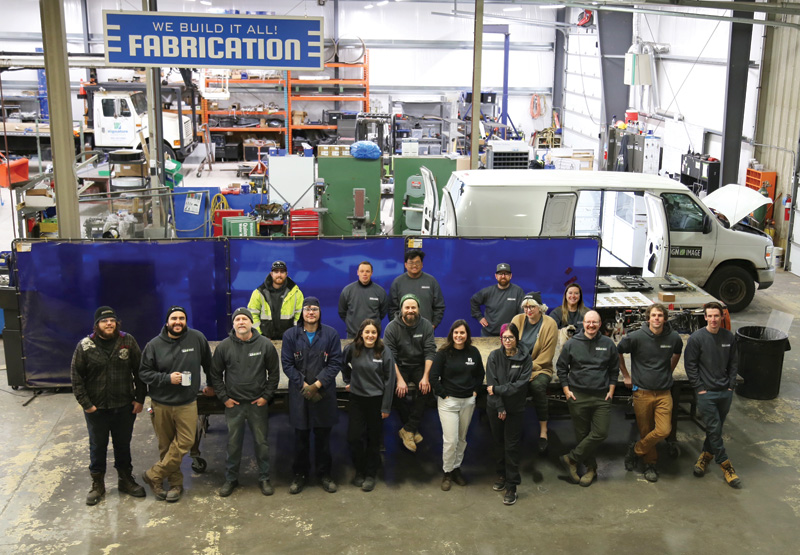
In 1983, Signature Sign & Image was born with a vision to redefine the signage world. Over the decades, the company has not only pushed boundaries but has also consistently delivered exceptional work. In 2024, the company won the prestigious Sign Company of the Year award from Sign Media Canada and the Sign Association of Canada. As they gaze into the future, excitement abounds at the prospect of embracing new technologies and innovative strategies that promise to propel their success even further.
Recently, Courtney Albanese from Signature Sign & Image shared details of the company’s journey thus far and its road ahead. She highlighted its creative approach to signage and how it actively incorporates various technologies to stay ahead of the curve.
Sign Media Canada (SMC): What is the history of the shop?
Courtney Albanese (CA): Signature Sign & Image was founded in 1983 by Jeff and Elaine Wallis in Niagara Falls, Ont. Originally named Signatures Signs, the company rebranded in 2008 to Signature Sign & Image to reflect the industry’s evolution and our expansion into digital and modern branding solutions. Elaine’s artistic talents in hand lettering and painting signs, flyers, murals, billboards, and vehicles influenced the original name. Her dedication to the craft and creativity likely played a pivotal role in selecting the name “Signatures Signs.”
To keep our brand fresh and relevant, we have consistently updated our branding every five years, ensuring it remains trendy and professional. The business was purchased by Mark Wallis (Jeff & Elaine’s son) and Emily Butko (Mark’s wife) in June of 2022. Since taking over, Mark and Emily have spent countless hours upgrading the manufacturing facility to improve efficiency and reduce expenses. They added more room in manufacturing, purchased a new paint booth and flatbed printer, renovated vinyl production, and improved the company’s network system.
SMC: What makes your company unique?
CA: Our creativity and ability to overcome any challenge drive our success. Our highly creative designers and meticulous production crew are always laser-focused on ensuring the success of every project, not only during its time in our shop but also in ensuring it becomes a valuable asset for our clients.
SMC: How large is the facility?
CA: Our 1,858-m2 (20,000-sf) facility includes the following: The first-floor office and production space are 710.7 m2 (7,650 sf), and Emily’s office and print studio upstairs occupy 162 m2 (1,750 sf). The back shop was 575.9 m2 (6,200 sf) until 2022, when we added a 408.7-m2 (4,400-sf) addition.
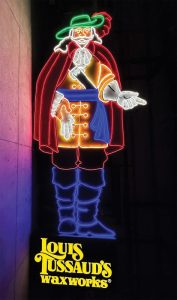
We have 17 full-time employees. Mark and Emily are involved in sales and client communication. Jamie is our office manager and bookkeeper. Samantha is our project manager, and Jacob is the general manager. I manage the vinyl production department, creating most of our printing and vinyl graphics. I work alongside vinyl technician Megan. We’ve recently renovated this space to improve the environment for our new HP R1000 flatbed printer by insulating our walls and adding new flooring.
The manufacturing is done in our 929-m2 (10,000-sf) shop. Here, Don operates the computer numerical control (CNC) router and Ryan paints and preps using the new paint booth. Our fabrication team, George (retiring this year), Dan, Adam, and John, turn flat stock and extrusions into finished products.
Bobby leads our service and installation team, which includes Nathan, Francis, Dmytriy, and Layne. They ensure client satisfaction during final interactions.
Finally, Jeff is our “sales at large,” enjoying his semi-retirement life, and Elaine assists with his sales by providing designs.
SMC: What type of signage does your shop primarily install?
CA: We install a lot of signs for our tourist district, which includes the casinos, hotels, Niagara Parks, Clifton Hill & Business Improvement Areas (BIAs). We also install many signs for other sign companies out of the region.
SMC: What type of projects have you been working on recently?
CA: In the production department, most jobs have been indoor installation or supply-only projects due to the winter weather. Installing vinyl graphics in temperatures below 10 degrees C (50F) is not recommended, as the cold prevents the vinyl from reaching full adhesion. However, we have a significant lineup of outdoor graphic installations booked for this spring!
As for manufacturing and installation, a few notable projects we’ve been working on with the team include modernizing a frame for a hand-carved artwork at the Niagara Region Headquarters, completing a beautiful fascia sign for Allways Antique, an old-time portraits business on Clifton Hill in Niagara Falls, and creating a stunning high-density urethane (HDU) carved sign for a local dentist’s office.
SMC: How much of the sign installation process is handled in-house?
CA: We handle all sign installations in-house! If the project requires a larger crane or lift than what we have, we rent one. Our service and installation team is fully equipped with the proper training and certifications, such as Working at Heights, to perform their duties as installers.
We’re also often contracted by other sign companies to complete installations for them if their company lacks an installation department or the project is closer to our location. We were contracted for an awesome project last year: installing the 38.1 x 7.3-m (125 ft x 24-ft) screen at Woodbine Racetrack in Etobicoke, Ont.
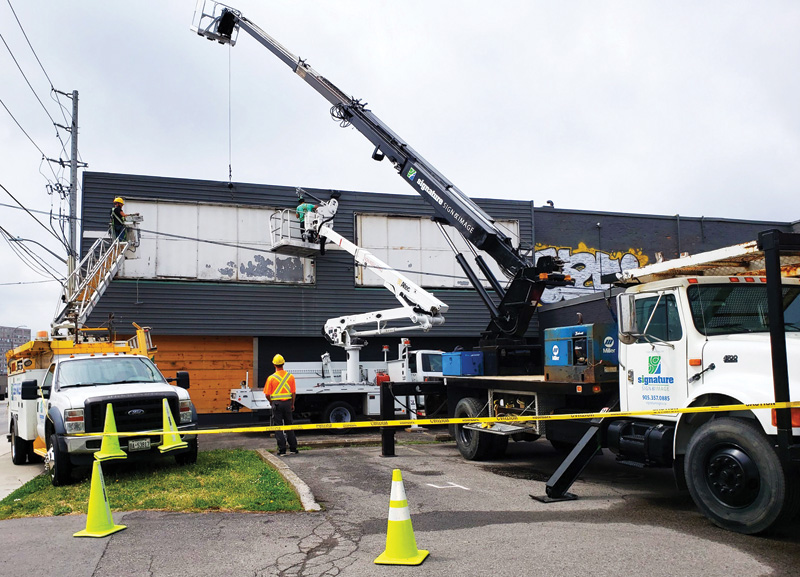
SMC: What equipment do you use to complete your projects?
CA: We have too many tools and equipment to list, but here are a few highlights. The production department has a Mimaki plotter for cutting vinyl, the HP R1000 printer, a CWT worktable for application, and a pegboard full of tools and supplies. The back shop has a CNC machine, a panel saw, a channel letter bender, a paint booth, and multiple workstations for our fabrication team. Each department is also equipped with tools suited to their specific needs.
SMC: What does your planning process involve?
CA: Every Monday, Mark and Emily hold a meeting in the boardroom with all department heads and our project manager to review new and ongoing projects. We discuss material orders, the workflow of each sign through departments, and any important details that may impact the build, such as lighting placements or mounting methods. These meetings also include planning installation dates and addressing any questions or concerns.
SMC: How is technology changing your business?
CA: Advancements in technology have impacted our business significantly over the years. We’ve introduced new tools and machines that improve safety and increase productivity.
Lighting and digital screens have been significant changes for us as well. We’ve replaced much of the original neon lighting with LED rope lighting. We have also upgraded many digital screens in the past few years. These screens are now brighter, more cost-effective, and capable of displaying dynamic content, allowing clients to show videos, live updates, customized colours, and much more.
A key addition to the technological advancements at our shop is the HP R1000 printer, which we purchased last summer. It enables us to print directly to substrates, reducing production time and material costs. As with any new technology, there was a learning curve, but this printer has enabled us to create previously impossible signage. A significant advantage is its ability to print white ink, which expands our capabilities beyond what our solvent printer could handle.
That said, we still receive many requests for traditional signs. We continue to install real neon signs and use classic methods, but we apply modern techniques to ensure safety and efficiency.
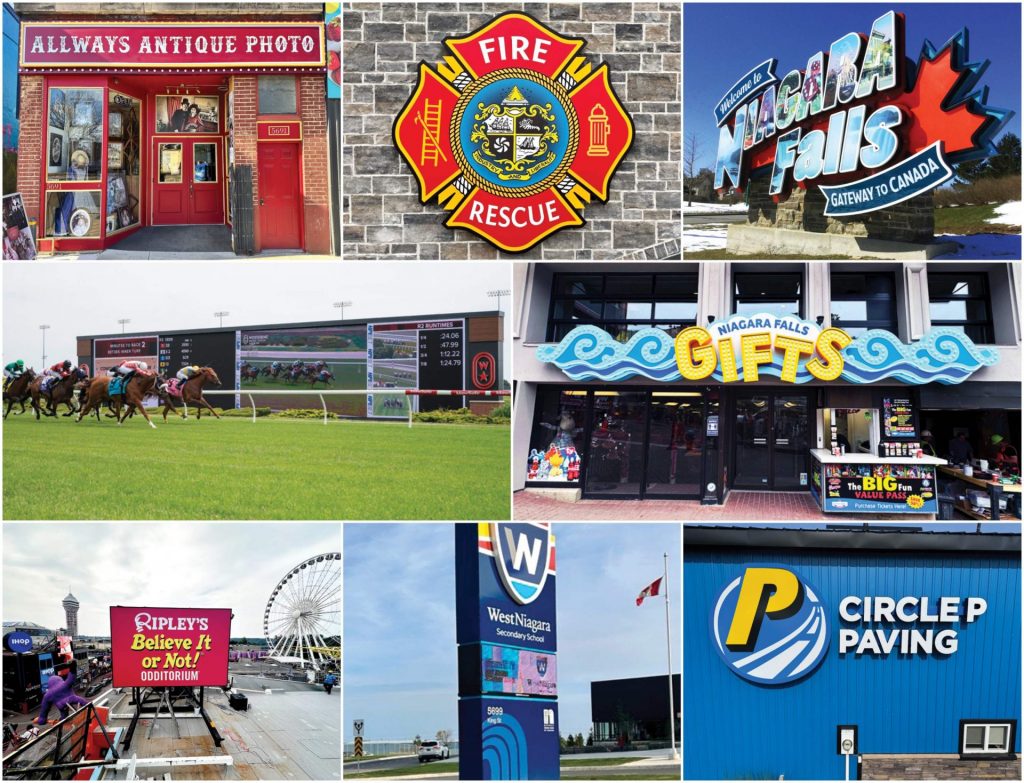
SMC: What is the key to staying successful in this industry?
CA: Success in the signage business requires adaptability, creativity, and a strong commitment to quality. Our company has maintained its industry leadership by doing the following:
Embracing innovation: We continuously explore new technologies and materials to improve our products
and services.
A customer-centric approach: Understanding our clients’ needs and delivering tailored solutions has been central to our longevity.
Commitment to quality: We prioritize craftsmanship and durability, ensuring our signs look great and stand the test of time.
Collaboration: We work closely with local governments and community organizations to streamline application processes for permitting and engineering. By advocating for clearer and more efficient approval procedures, we help businesses navigate regulatory requirements more easily, reducing delays and ensuring projects are completed on time.
We have sustained growth and built long-lasting relationships with our clients by focusing on these core principles.
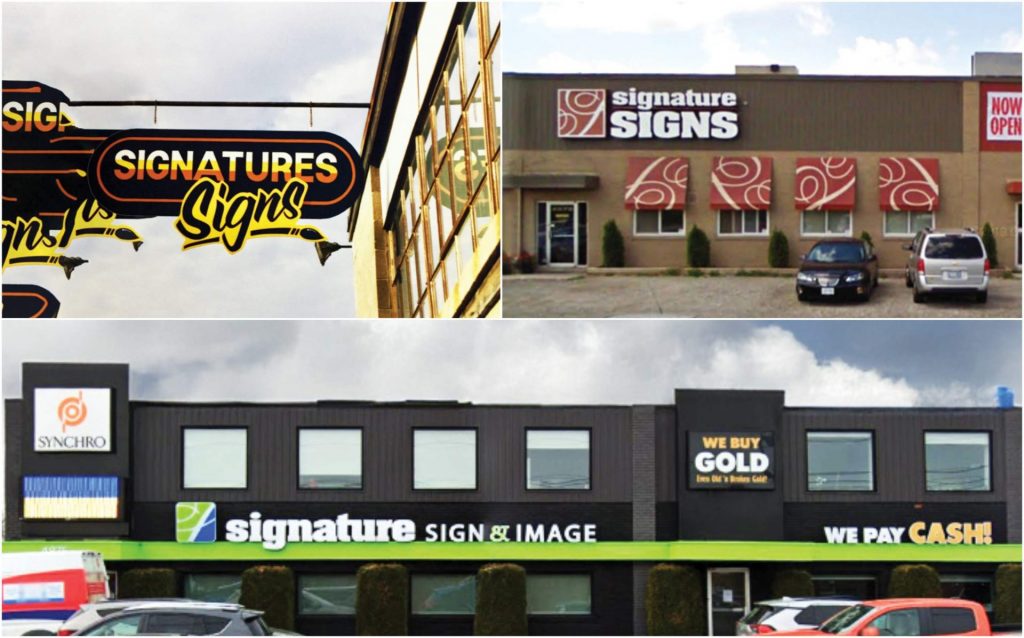
SMC: What are the future plans for your business?
CA: Looking ahead, we are committed to expanding our capabilities and offerings to meet the industry’s evolving demands.
Some of our key plans include:
Investing in smart signage: We aim to incorporate more interactive and artificial intelligence (AI)–driven digital signage solutions to enhance engagement and functionality.
Sustainability initiatives: As environmental concerns grow, we are exploring eco-friendly materials and energy-efficient lighting to create more sustainable signage solutions.
Expanding our reach: We plan to broaden our service areas and target new markets to grow our customer base.
Enhancing customization: With advances in 3D printing and digital design, we aim to offer more personalized signage solutions tailored to specific brand identities.
Quarterly inspections: We plan to introduce routine inspections for our commercial and industrial customers to ensure their signage properly functions at night. This proactive approach will help maintain visibility, safety, and brand consistency.
Tourism district expansion: We are committed to enriching our local tourism district by developing new and exciting signage solutions that enhance the area’s visual appeal. Additionally, we will continue growing our animation capabilities to create dynamic and engaging sign experiences.
On-site training: We will collaborate with lighting suppliers to develop on-site training programs for Digital Multiplex (DMX) and Serial Peripheral Interface (SPI) LED applications. This initiative will provide other companies with the knowledge and tools needed to implement advanced lighting animations, helping to revitalize neighbourhoods and commercial areas with captivating signage solutions.
By staying ahead of industry trends and prioritizing innovation, Signature Sign & Image is poised for continued success in the years to come. We look forward to embracing new opportunities and pushing the boundaries of what’s possible in the signage world.

